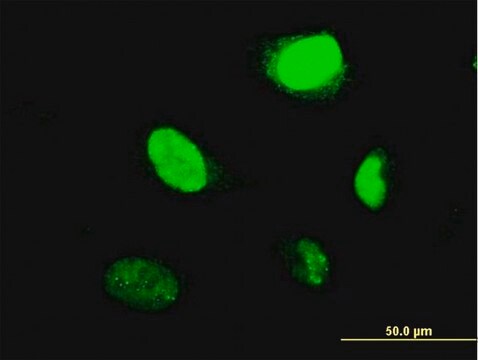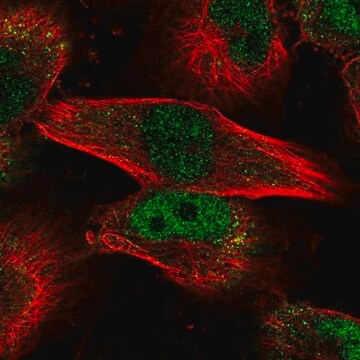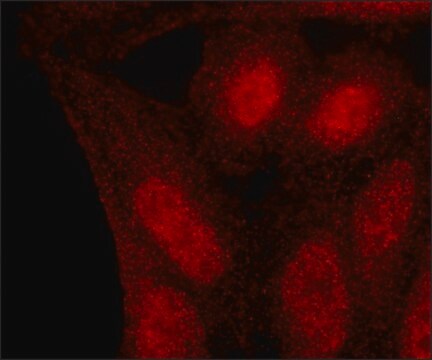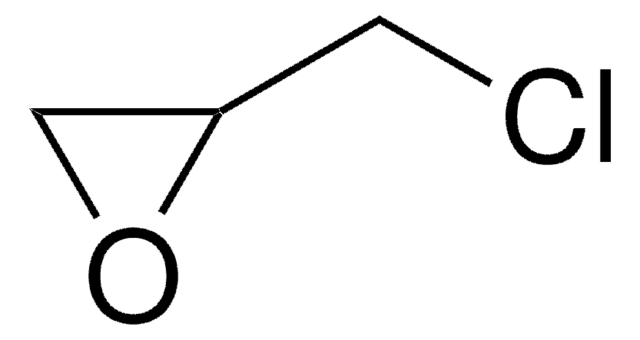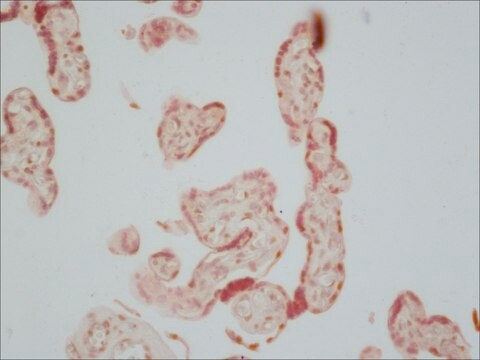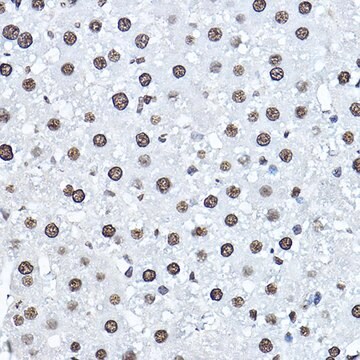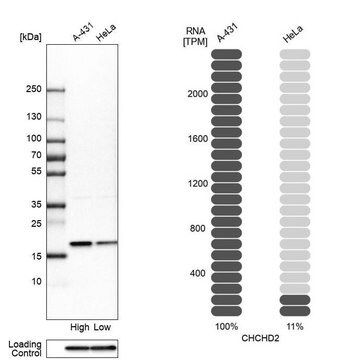MABE886
Anti-B-Myb Antibody, clone LX015.1
clone LX015.1, from mouse
Synonym(s):
Myb-related protein B, B-Myb, Myb-like protein 2
About This Item
Recommended Products
biological source
mouse
Quality Level
antibody form
purified immunoglobulin
antibody product type
primary antibodies
clone
LX015.1, monoclonal
species reactivity
mouse, human
technique(s)
western blot: suitable
isotype
IgG1κ
NCBI accession no.
UniProt accession no.
shipped in
wet ice
target post-translational modification
unmodified
Gene Information
human ... MYBL2(4605)
General description
Immunogen
Application
Epigenetics & Nuclear Function
Transcription Factors
Western Blotting Analysis: A representative lot from an independent laboratory in NIH/3T3 cell lysates and in undifferentiated and differentiated F9 cell lysates (Knight, A. S., et al. (2009). Oncogene. 28(15):1737-1747.).
Western Blotting Analysis: A representative lot from an independent laboratory in cycling NIH/3T3 and F9 nuclear extracts (Muller, G. A., et al. (2012). Nucleic Acids Res. 40(4):1561-78.).
Western Blotting Analysis: A representative lot from an independent laboratory detected B-Myb wild-type cycling MEF cell lysates and not in B-Myb wild type G0 phase arrested MEF cell lysates. The same lot also detected B-Myb in G0 phase arrested and in cycling MEF cell lysates inappropriately expressing homozygous mutant B-Myb (Tavner, F., et al. (2007). Oncogene. 26(19): 2727-2735.).
Quality
Western Blotting Analysis: 1 μg/mL of this antibody detected B-Myb in 10 μg of HEK293 cell lysate.
Target description
Physical form
Storage and Stability
Other Notes
Disclaimer
Not finding the right product?
Try our Product Selector Tool.
Storage Class Code
12 - Non Combustible Liquids
WGK
WGK 1
Flash Point(F)
Not applicable
Flash Point(C)
Not applicable
Certificates of Analysis (COA)
Search for Certificates of Analysis (COA) by entering the products Lot/Batch Number. Lot and Batch Numbers can be found on a product’s label following the words ‘Lot’ or ‘Batch’.
Already Own This Product?
Find documentation for the products that you have recently purchased in the Document Library.
Our team of scientists has experience in all areas of research including Life Science, Material Science, Chemical Synthesis, Chromatography, Analytical and many others.
Contact Technical Service